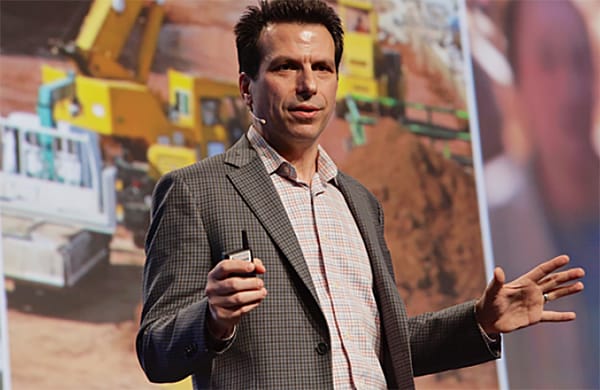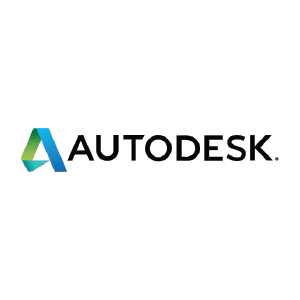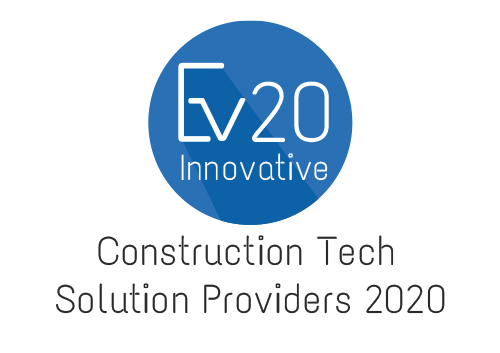 It’s not a secret that modern world has made centralization of business procedures a thing of the past. Nowadays, the efforts have become a lot more collective, so that greater things can be achieved without the fear of lagging behind your competitors. This is done through teaming up with solution providers. These solutions could be for any aspect of your business. The focal point is to help your business in hitting the right notes while the stuff on the periphery is taken over by people who specialize in it. Autodesk is one such solution provider. Although it’s part of a massive herd, the company’s story is unique in its own way. Founded in 1982 by John Walker and Dan Drake, the company didn’t take long in grabbing eyeballs. Before Autodesk broke on to the scene, a major chunk of the solution providers were targeting only the upscale section of the market. Nevertheless, when Autodesk launched AutoCAD, a computer-aided design application programmed to thrive in the microcomputer environment, things changed dramatically. Now small scale design, engineering, and architecture companies had an affordable tool in their arsenal, which promised to help them big time by allowing them to create detailed technical drawings. The accommodating nature of AutoCAD announced Autodesk’s arrival to the masses in a way that gave a positive impression of things that were to come.
It’s not a secret that modern world has made centralization of business procedures a thing of the past. Nowadays, the efforts have become a lot more collective, so that greater things can be achieved without the fear of lagging behind your competitors. This is done through teaming up with solution providers. These solutions could be for any aspect of your business. The focal point is to help your business in hitting the right notes while the stuff on the periphery is taken over by people who specialize in it. Autodesk is one such solution provider. Although it’s part of a massive herd, the company’s story is unique in its own way. Founded in 1982 by John Walker and Dan Drake, the company didn’t take long in grabbing eyeballs. Before Autodesk broke on to the scene, a major chunk of the solution providers were targeting only the upscale section of the market. Nevertheless, when Autodesk launched AutoCAD, a computer-aided design application programmed to thrive in the microcomputer environment, things changed dramatically. Now small scale design, engineering, and architecture companies had an affordable tool in their arsenal, which promised to help them big time by allowing them to create detailed technical drawings. The accommodating nature of AutoCAD announced Autodesk’s arrival to the masses in a way that gave a positive impression of things that were to come.
Autodesk’s impact on the construction sector has been huge and it continues to grow as the company works audaciously on the innovation front. However, that’s not what sets them entirely apart. Autodesk as an organization understands the environmental consequences that come with construction work. The harmful emissions are a growing concern, and Autodesk staying faithful to their environmental responsibilities, has made commitments that are focused on curbing the risk caused by the natural construction procedure. The company has formed a special team that’s tasked with strategizing and supervising their efforts to enhance environment quality. Their current measures include things like extensive reporting of climate change in mainstream financial reports, conducting responsible corporate engagement in climate change policy, integrating sustainable design capabilities into our products and services etc. Some of the company’s main objectives are complete removal of commodity-driven deforestation from Autodesk’s supply chain, power their facilities and cloud services with 100% renewable energy by fiscal year 2021, reduce short-lived climate pollutant emission etc.
Autodesk believes in the shared push towards their goal. Their philosophy is centred on distributing the responsibilities between their human workforce and their robust artificial intelligence system. The A.I. helps the engineers, designers and architects by delivering a predictive analysis over optimal condition of all the elements that go into construction. It’s widely known fact that getting to the top is relatively easy, but when you have to stay there, that’s when things become tricky. You have to be creative and you have to be brave. Autodesk didn’t take long in wrapping their head around this, thus, they have put something on the floor which is tipped to become the next big thing in the industry. The concept of connected construction was unheard of in the industry. Everyone had just learnt to live with delays, risk, and costly reworks that came with the building business. The industry was crying out for a way to connect all the relevant data right from the hop in the designing phase and building on it through following stages of the operation. To deal with this, Autodesk delivered a package of Assemble, BIM360, BuildingConnected and PlanGrid. The launch of this package ushered the industry into a new and brighter era. Nevertheless, Autodesk won’t be sleeping on their achievements as they understand that the power to create an even better tomorrow is in their own hands.











